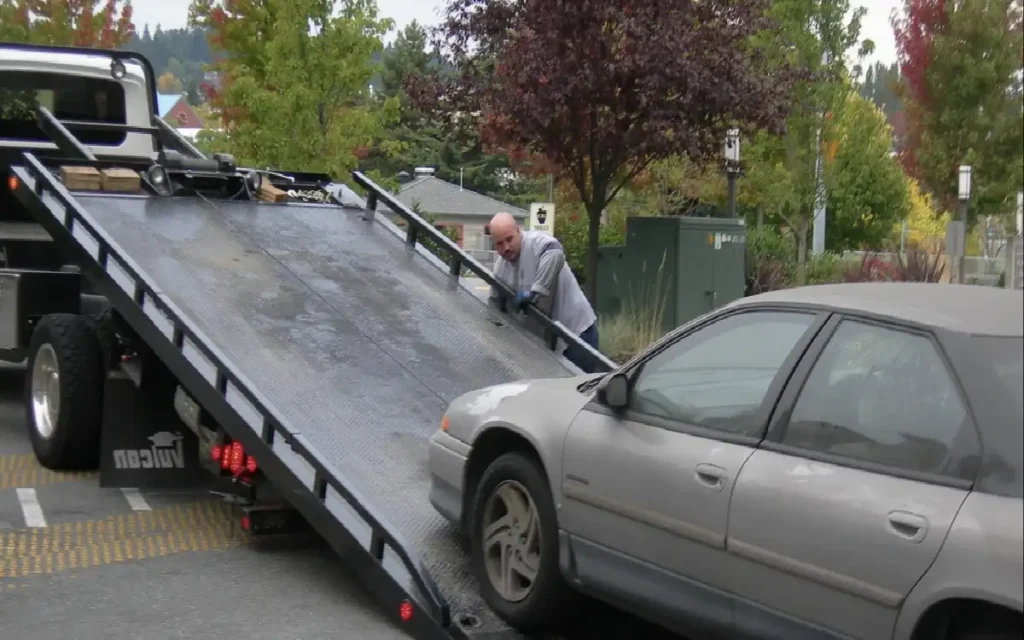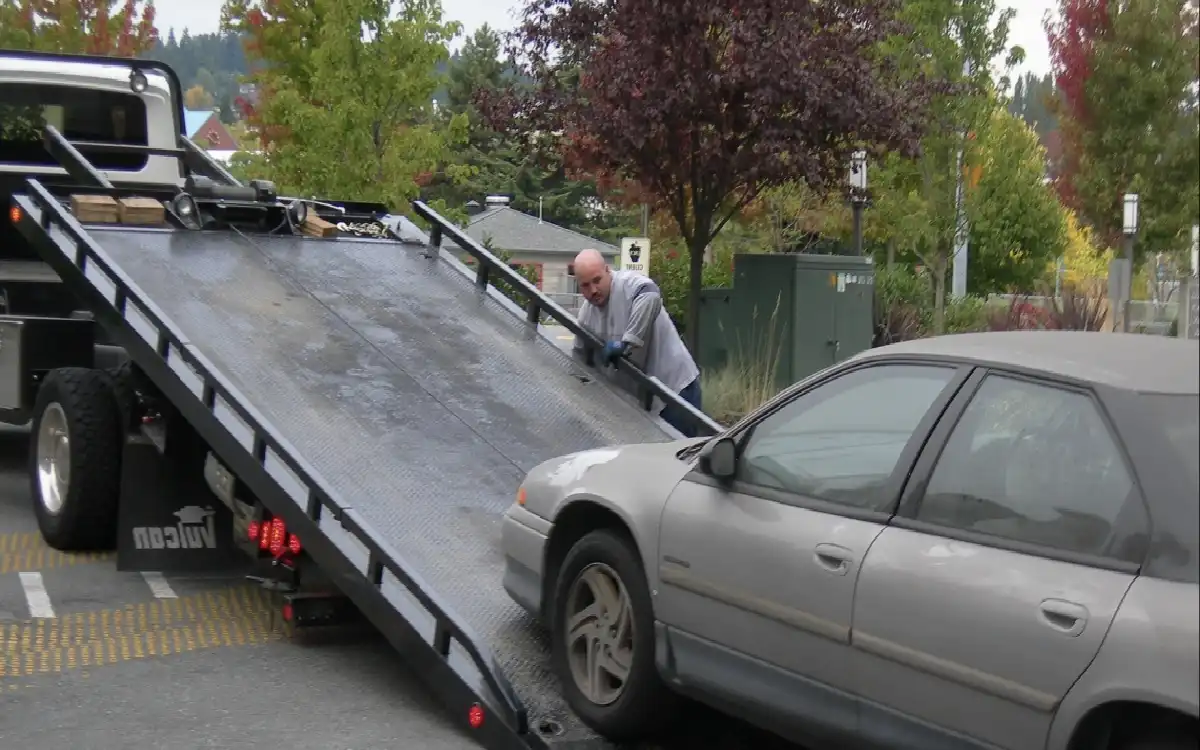|
Getting your Trinity Audio player ready...
|
Amid growing concerns over dwindling truck inventories and manufacturing constraints, stakeholders across California’s trucking industry are pressing the California Air Resources Board (CARB) to reconsider its ambitious timeline for transitioning to zero-emission heavy-duty vehicles.
Supply Chain Bottlenecks Strain Compliance Efforts
The implementation of CARB’s Advanced Clean Fleets (ACF) regulation, which mandates that all new medium- and heavy-duty vehicles sold in California be zero-emission by 2036, has encountered significant headwinds. Industry leaders point to persistent supply chain difficulties and manufacturing limitations that have created a substantial gap between regulatory expectations and market realities.
The current production capacity for electric trucks simply cannot meet the regulatory demands within the specified timeframe,
says Michael Thompson, Executive Director of the California Trucking Association.
We’re seeing lead times of 12-18 months for electric truck deliveries, which is creating serious compliance challenges for fleet operators.
Infrastructure Development Lags Behind
A key factor complicating the transition is the slow pace of charging infrastructure development. The California Energy Commission reports that only 30% of the planned charging stations for heavy-duty vehicles have been completed, raising concerns about the feasibility of supporting an all-electric truck fleet.

Economic Impact on Small Operators
The shortage of available electric trucks has led to:
- Elevated purchase prices due to limited supply
- Extended wait times affecting business operations
- Increased operational costs for small fleet owners
Small businesses are bearing the brunt of this supply-demand mismatch,
notes Sarah Rodriguez, owner of a medium-sized logistics company in Sacramento.
We want to comply with the regulations, but the combination of limited inventory and high costs is pushing many operators to the brink.
Potential Regulatory Amendments Under Consideration
CARB officials have acknowledged these challenges and are evaluating several potential adjustments to the regulation:
- Extended compliance deadlines for specific vehicle categories
- Flexible implementation pathways based on vehicle availability
- Graduated adoption targets aligned with manufacturing capacity
Manufacturing Sector Response
Major truck manufacturers have pledged to increase production capacity but cite several obstacles:
- Battery supply constraints
- Component shortages
- Limited production line capacity
We’re investing heavily in expanding our electric truck production capabilities,
states David Chen, VP of Operations at VoltTruck Manufacturing.
However, scaling up to meet California’s ambitious targets requires time and significant infrastructure development.
Environmental Groups Maintain Support
Despite implementation challenges, environmental advocates continue to support CARB’s original timeline. The Environmental Defense Fund argues that any delay in implementation would significantly impact California’s climate goals.
Looking Forward
As CARB evaluates potential amendments to its heavy-duty electric truck regulations, the balance between environmental objectives and market realities remains crucial. The outcome of these deliberations could set important precedents for other states following California’s lead in transportation electrification.
Industry experts suggest that a more measured approach to implementation, coupled with increased government support for infrastructure development and manufacturing capacity expansion, might provide a more sustainable path forward.
[Sources cited: California Air Resources Board regulatory documents, California Energy Commission infrastructure reports, California Trucking Association data, Environmental Defense Fund analysis, Industry stakeholder interviews, Manufacturing sector reports, Small business impact studies]
Note: This article analyzes the situation based on information available as of April 2024. Readers should consult current sources for the latest developments.
For More News Update Visit California News



